Switch, Hazard Light
10 products
Showing 1 - 10 of 10 products
Enhancing Safety and Visibility: The Importance of Switches and Hazard Lights in Cars
In the modern world, cars have become an integral part of our daily lives, providing us with convenience and mobility. As technology continues to advance, automotive manufacturers are constantly innovating to enhance vehicle safety and improve driving experiences. One crucial safety feature in every car is the switch for hazard lights. These flashing lights, also known as hazard lights or emergency lights, play a vital role in alerting other drivers of potential dangers and ensuring the safety of both the occupants of the vehicle and those on the road.What are Hazard Lights?
Hazard lights, often represented by a triangular symbol with two arrows pointing inwards, are a set of blinking lights located at the front and rear of the vehicle. Activating the hazard lights causes all of the turn signal lights to flash simultaneously, creating a conspicuous and attention-grabbing warning to other road users.When to Use Hazard Lights?
Hazard lights are primarily used in emergency situations to indicate that a vehicle has become a temporary obstruction or hazard on the road. The most common situations when drivers should activate their hazard lights include:1. Emergency Stops: When your vehicle breaks down or experiences a mechanical failure, it's essential to immediately turn on the hazard lights to inform other drivers that your car is stationary and could be obstructing traffic flow.
2. Accident Scenes: In the unfortunate event of a collision or accident, activating the hazard lights helps to alert approaching drivers of the potential danger ahead, prompting them to reduce speed and proceed with caution.
3. Adverse Weather Conditions: During heavy rain, fog, snowstorms, or any other low-visibility situation, turning on the hazard lights can enhance your vehicle's visibility and reduce the risk of collisions.
4. Hazardous Road Conditions: When driving through construction zones, on uneven surfaces, or in areas with debris or fallen objects, activating hazard lights can serve as a warning to other drivers about the potential dangers ahead.
The Importance of Hazard Light Switches
The hazard light switch is a crucial component of a vehicle's electrical system, allowing the driver to activate and deactivate the hazard lights easily. The location of the switch may vary depending on the car's make and model, but it is typically found on the dashboard or the steering column. Ensuring that the hazard light switch is easily accessible and user-friendly is vital for swift activation during emergencies.Here are some key reasons why hazard light switches are important:
1. Promotes Safety: Hazard light switches allow drivers to quickly communicate their vehicle's status to other road users, reducing the risk of accidents and collisions.2. Prevents Confusion: Activating hazard lights while stationary prevents confusion among other drivers, as it distinguishes your situation from regular driving behavior.
3. Indicative of Emergencies: Emergency services, like police, paramedics, and roadside assistance teams, rely on hazard lights to locate and respond to incidents promptly.
4. Improved Visibility: During low-visibility conditions, such as heavy rain or fog, hazard lights enhance your vehicle's visibility to other drivers, helping prevent rear-end collisions.
In conclusion, hazard lights and their accompanying switches play a critical role in ensuring road safety. When used appropriately and responsibly, hazard lights can alert other drivers to potential hazards, emergency situations, or temporary obstructions. It is essential for drivers to be familiar with their vehicle's hazard light switch and understand when to activate these lights. By using hazard lights effectively, we can collectively contribute to safer road experiences for everyone on the highway. Remember, safety should always be a priority while driving, and hazard lights are one of the valuable tools at our disposal to achieve this goal.
Showing 1 - 10 of 10 products
Display
View

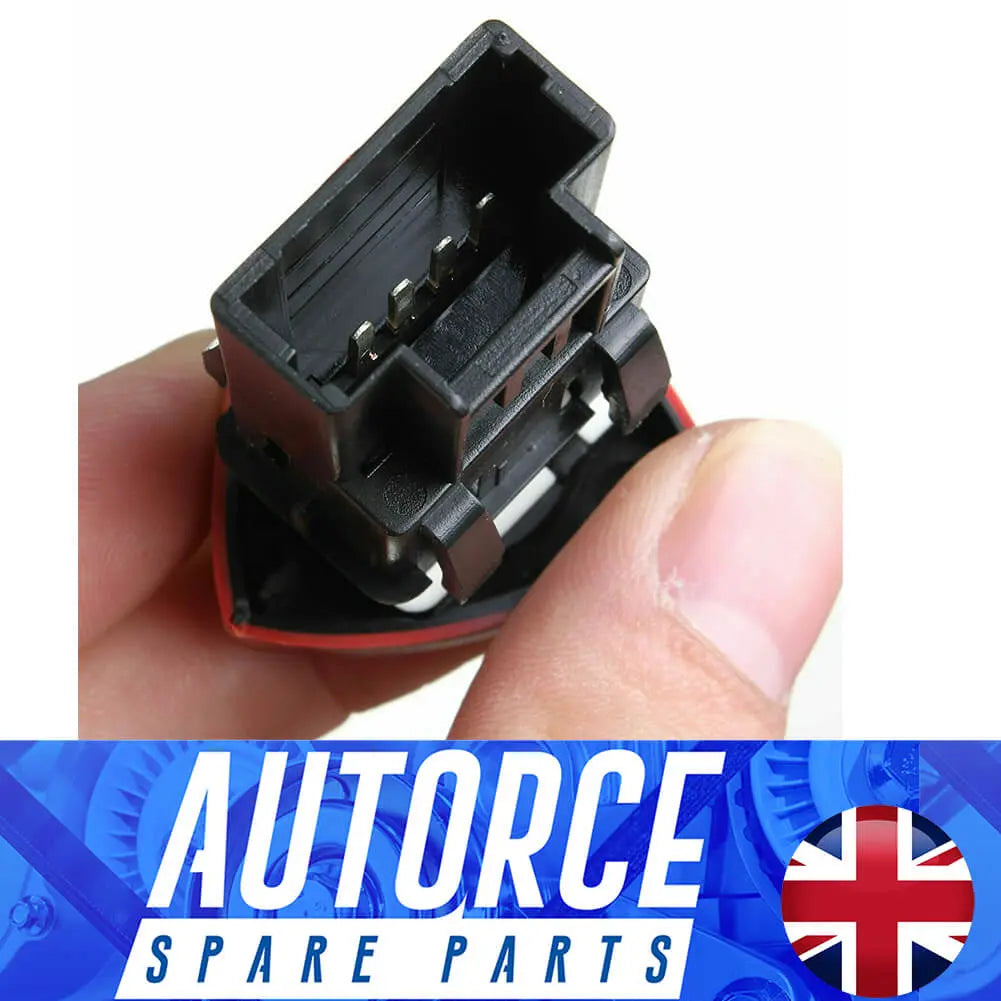
Hazard Warning Switch Button For Renault Espace Laguna Master Trafic - 252904889R, 8200002441
In stock, 30 units
Sale price£7.99


Window Control Switch 10 Pin Fits Renault Laguna Megane - 8200315040, 8200315050, 8200015085
In stock, 50 units
Sale price£12.90
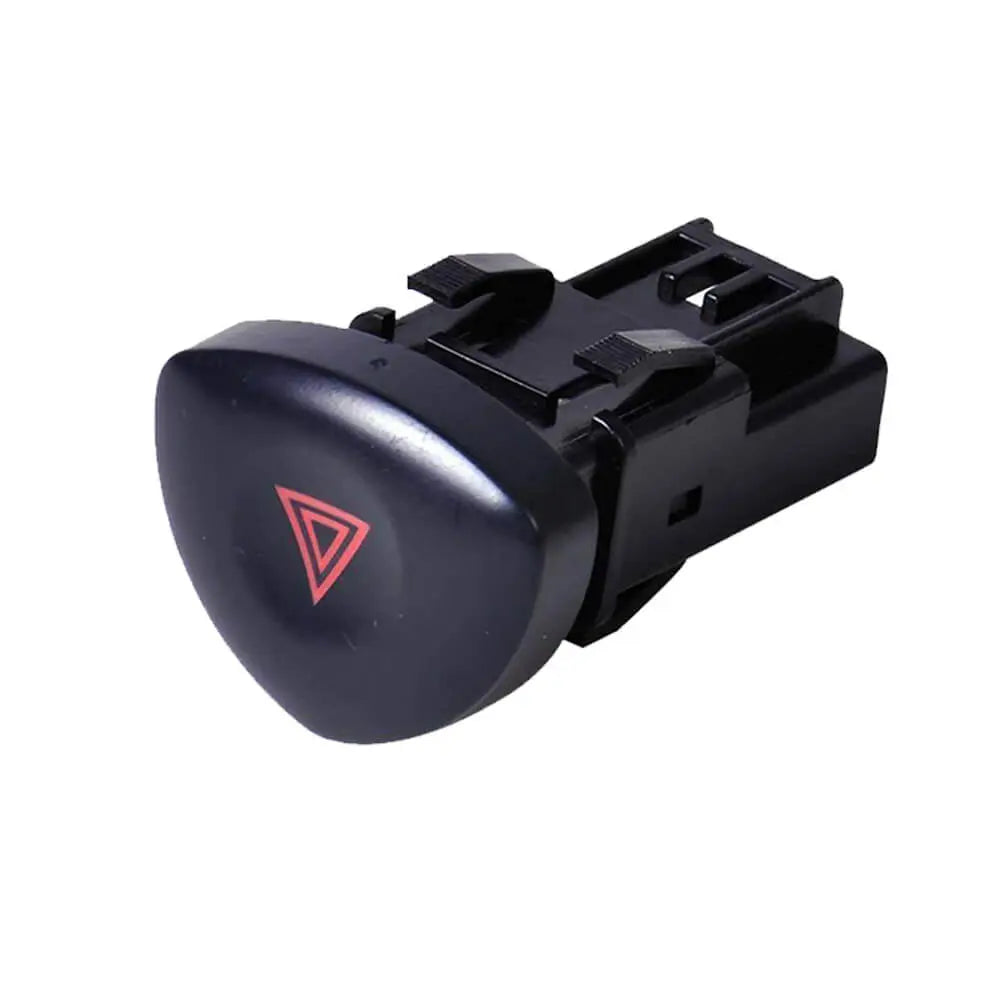

Hazard Warning Light Emergency Switch Button For Renault Clio 2 MK2 - 8200060036, 8200442723
In stock, 50 units
Sale price£9.99


Hazard Warning Switch Button For Vauxhall Movano Mk1 Vivaro - 091167298, 093180073, 093185375
In stock, 30 units
Sale price£7.99
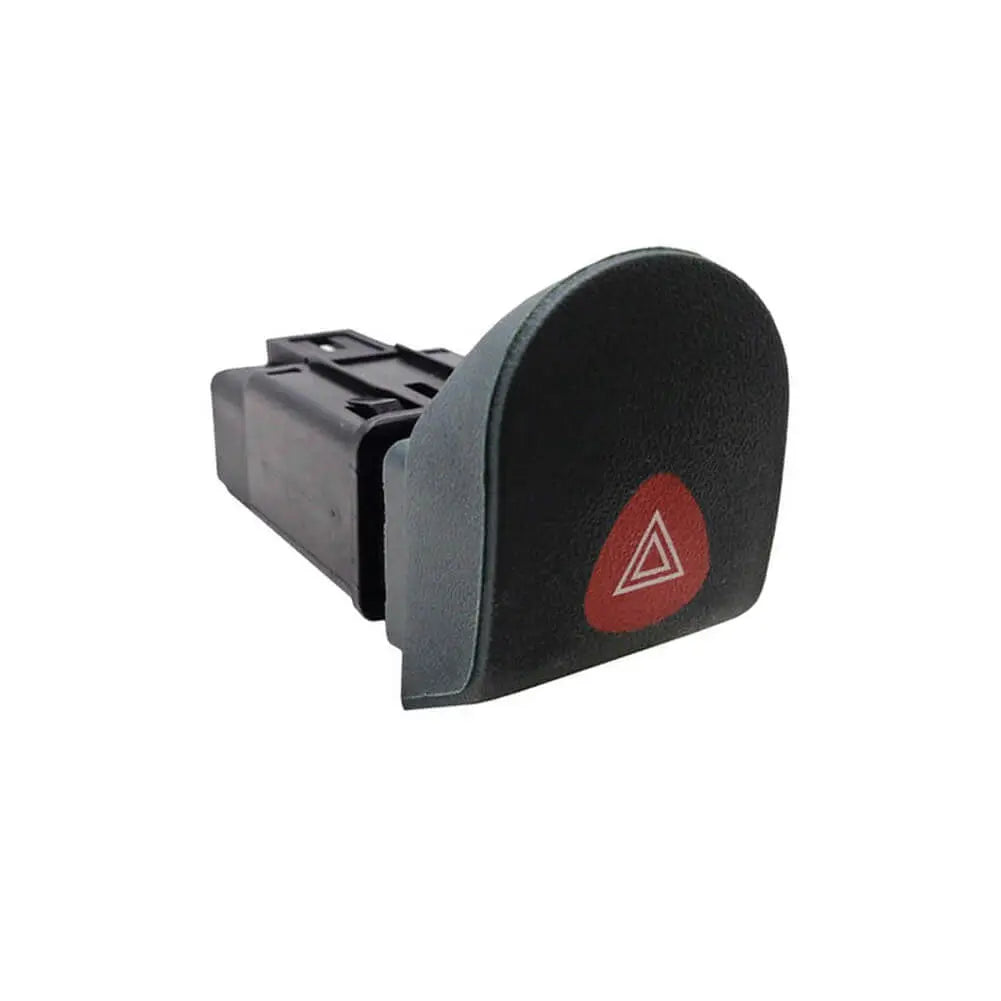

Hazard Warning Switch Button For Renault Kangoo (1997 - Onwards) 7700308821, 8200090307, 8200523539
In stock, 48 units
Sale price£9.99

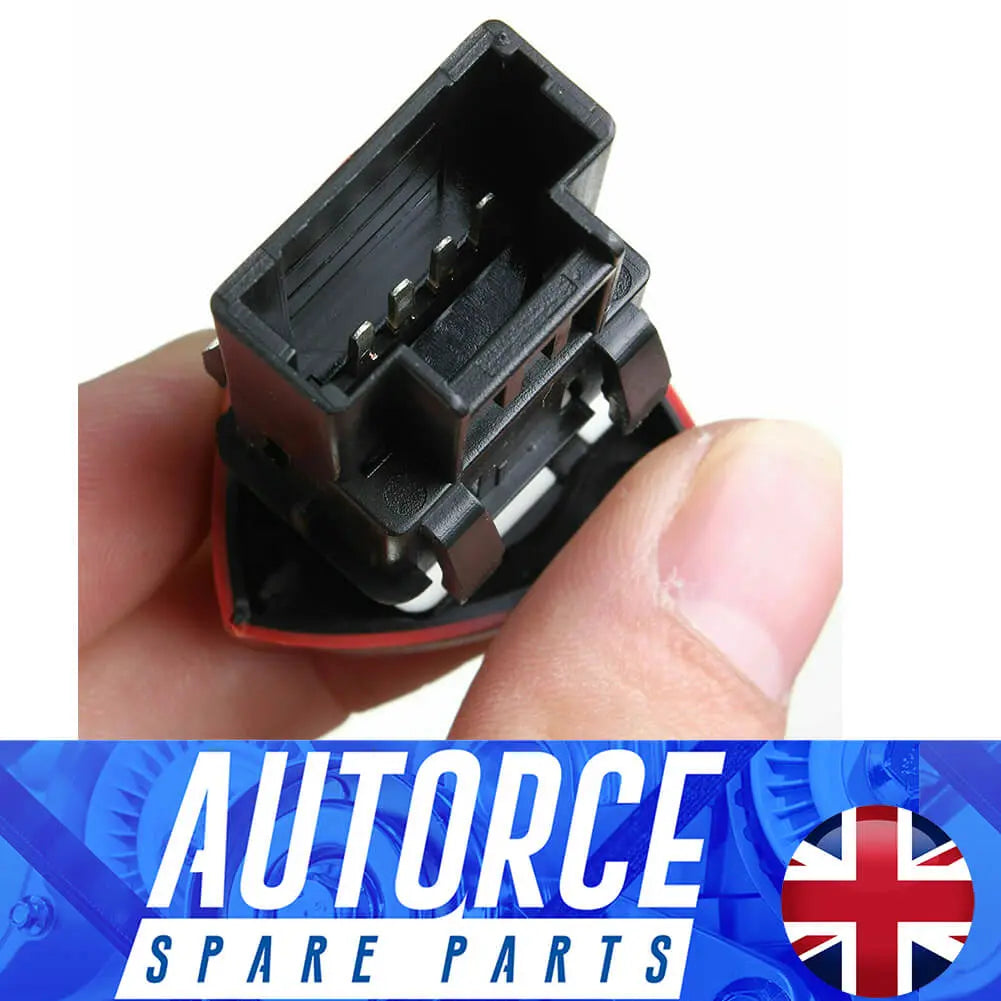
Hazard Warning Switch Button For Opel Movano Vivaro - 4408207, 4410738, 4415159, 4416161
In stock, 30 units
Sale price£7.99


Hazard Warning Switch Button For Nissan Interstar Primastar - 25910-00QAC, 25910-00QAG, 25910-00Q0E
In stock, 30 units
Sale price£7.99
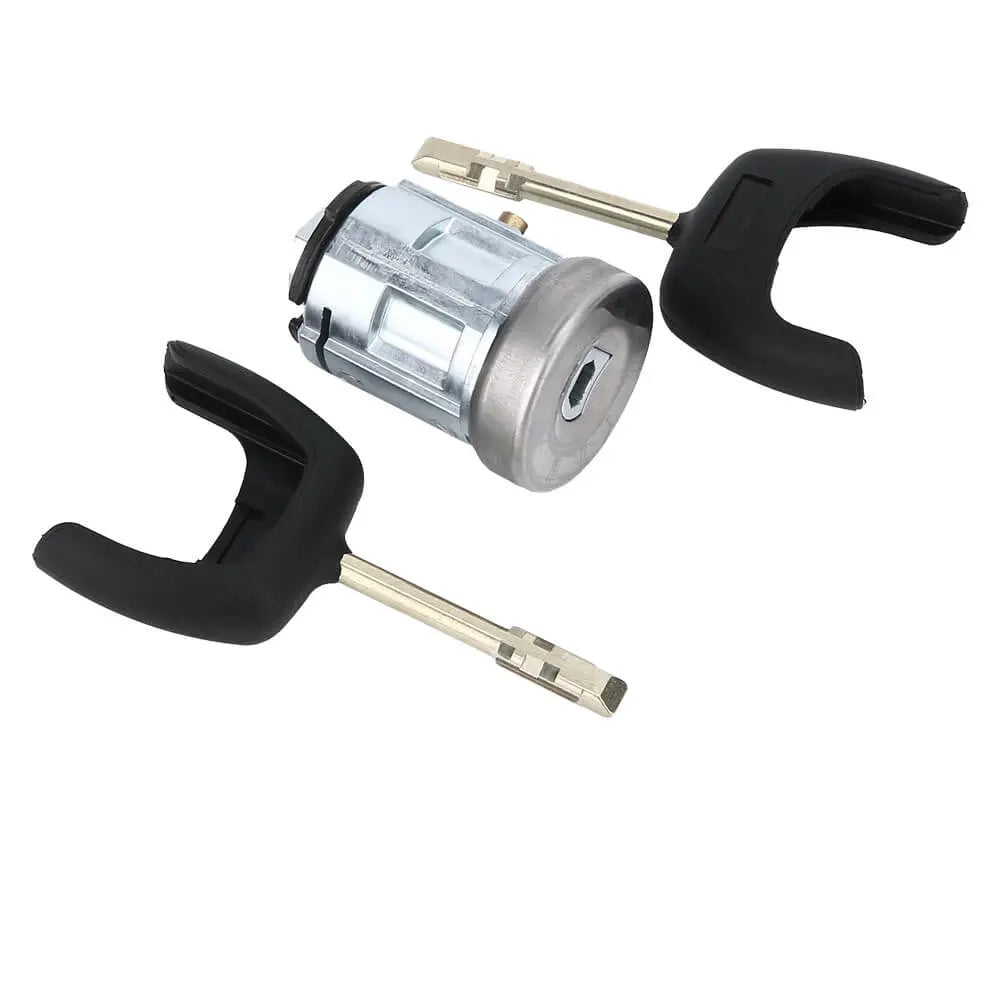
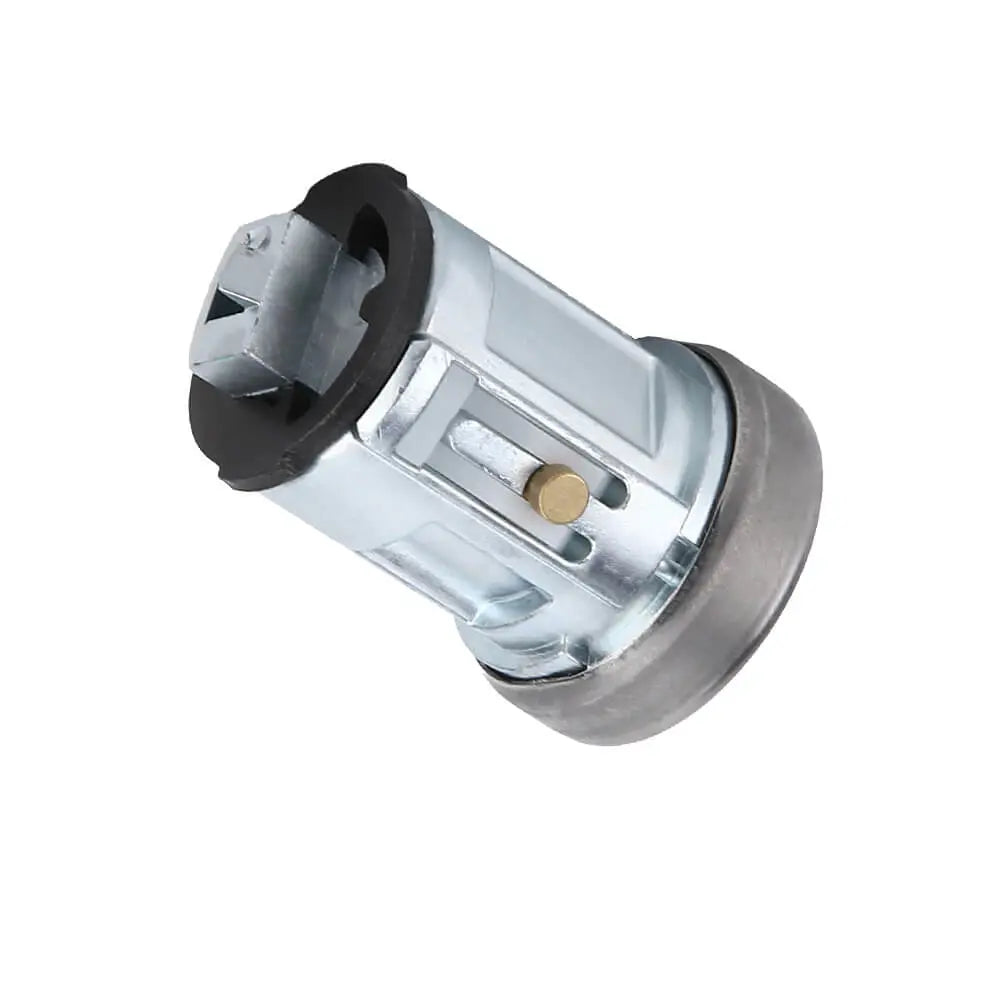
Ignition Switch Lock Barrel Cylinder Set + 2 Keys For Ford Transit Mk7 (2006 - 2014) 2S61A3697AA, 4355452
In stock, 50 units
Sale price£12.90


Indoor Overhead Roof Light Lamp With Bulb For Peugeot Partner 107 108 206 306 406 806 - 6362P3, 6362.H2, 6362.K9
In stock, 50 units
Sale price£12.90

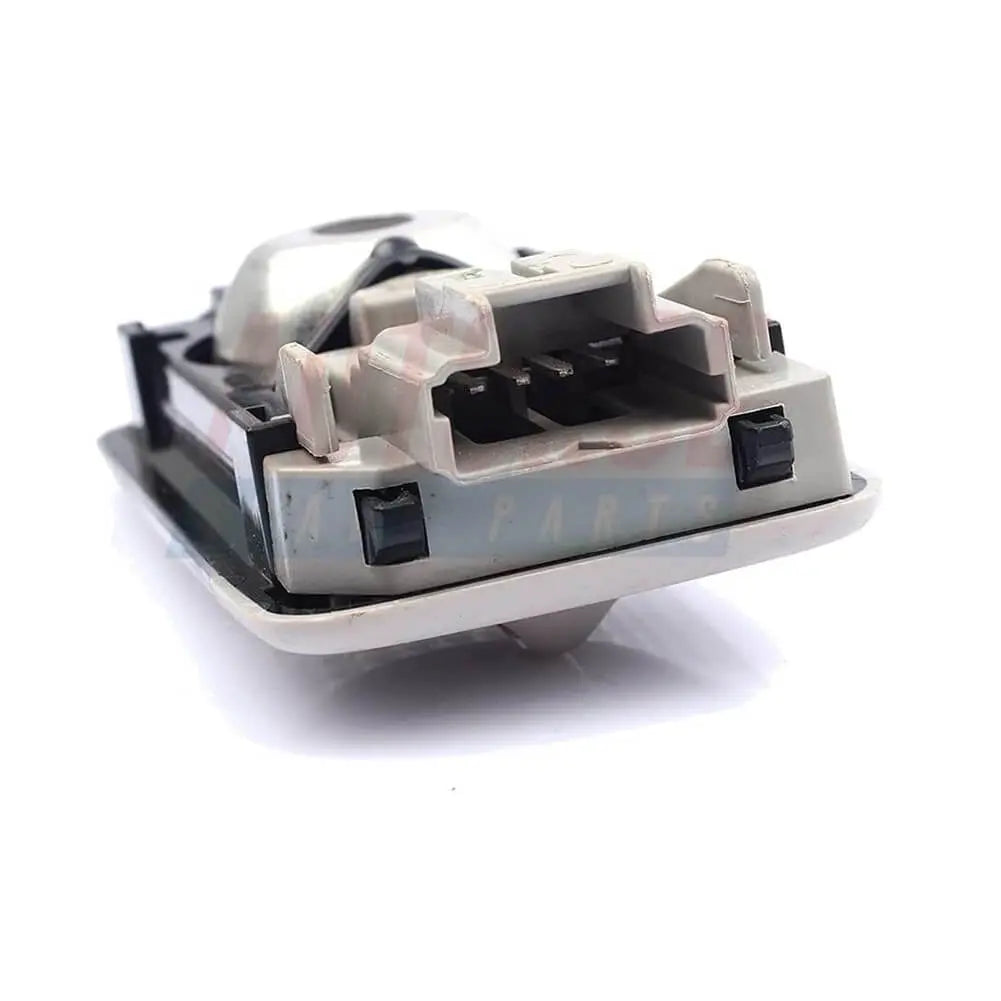
Indoor Overhead Roof Light Lamp With Bulb For Citroen Berlingo C1 C1 MK2 C3 MK2 Synergie Xantia X2 X1 Xsara Xsara Picasso - 6362.K9
In stock, 50 units
Sale price£12.90
Filters (0)
